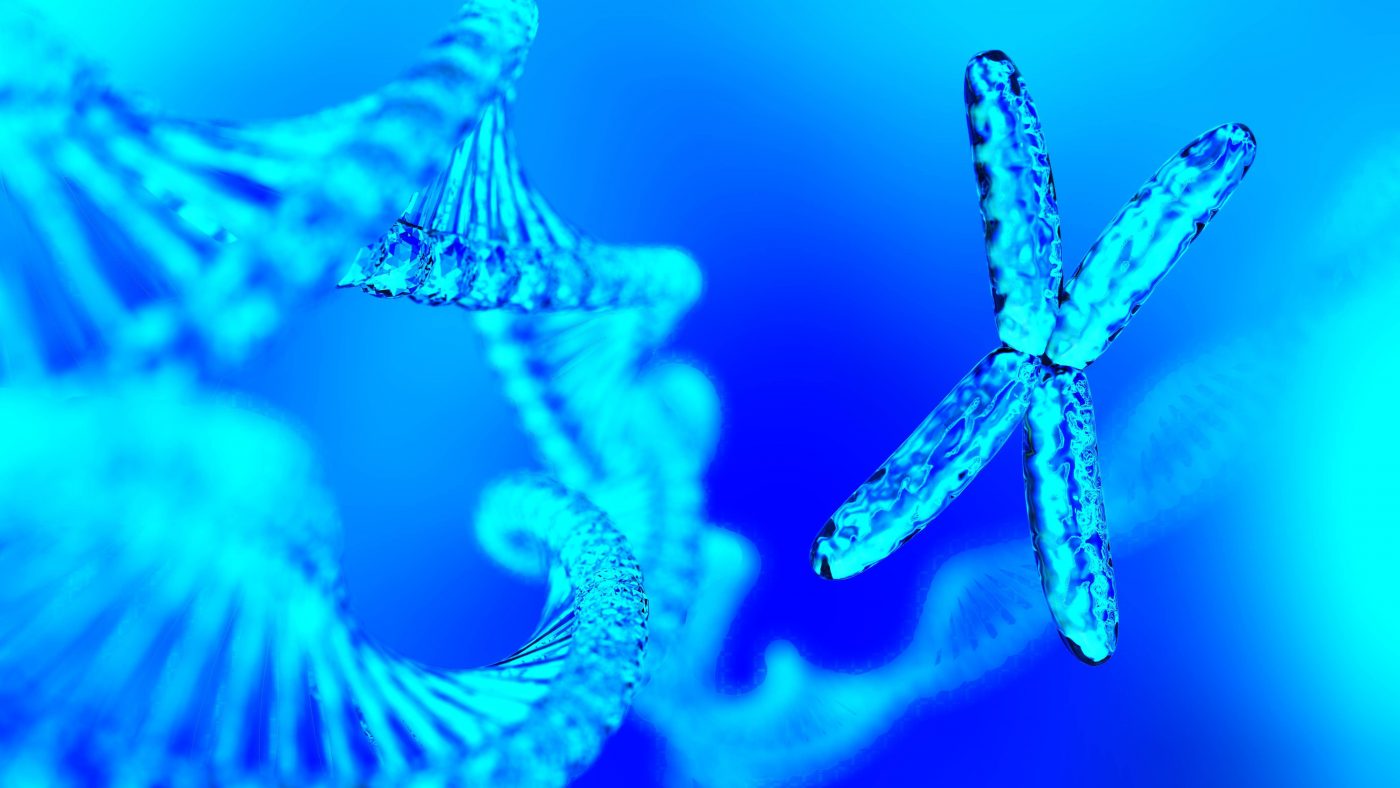Extracellular RNAs in Urine May Work as Biomarker for Duchenne and Myotonic Dystrophy Patients

Extracellular RNAs found in urine may be able to serve as non-invasive biomarkers of how patients with muscular dystrophy — especially those with an adult-onset and the more common Duchenne MD form — are responding to therapy, a study reports.
Urine-sample tests for these RNAs may also lessen the need for invasive approaches like muscle biopsies in these patients and in others with similar diseases.
The study, “Analysis of extracellular mRNA in human urine reveals splice variant biomarkers of muscular dystrophies,” was published in the journal Nature Communications.
All genetic information contained in genes (DNA) is ultimately translated into proteins — after a series of complex steps.
DNA is first transformed into pre-messenger RNA (pre-mRNA), which is then processed to create a mature mRNA molecule. This process is called RNA splicing. Once mRNA molecules are produced, a process called translation begins and gives rise to proteins.
During splicing, introns (the part of the pre-mRNA that does not code for proteins) are removed and exons (the part that does) are joined together. This phenomenon allows for a single gene to give rise to many different proteins.
Mutations that affect the regulation of RNA splicing (in which the wrong parts of the mRNA are edited out) can lead to diseases like myotonic dystrophy — the most common adult-onset form of muscular dystrophy. Two types of myotonic dystrophy exist, each caused by a different gene mutation: DM1 and DM2.
In DM1 patients, mRNA splicing outcomes in muscle biopsies can be used to assess disease severity, and splicing results in mouse models of DM1 serve to indicate potential benefits of a given therapy.
But biopsies are invasive, and non-invasive biomarkers of disease severity and therapeutic response are needed — both to better treat patients and to encourage greater participation in trials of potential therapies.
For example, a recently concluded Phase 1/2 clinical trial (NCT02312011) of an antisense oligonucleotide (ASO) therapy — IONIS-DMPKRx — for DM1 patients was limited to adults partly because it “required participants’ consent to multiple muscle biopsies to monitor splicing outcomes in response to therapy,” the researchers wrote.
Extracellular vesicles (EVs) — small compartments that contain mRNAs, among other things — are released and taken up by cells as a form of cellular communication.
EVs are also excreted through urine and present in blood serum, and have served as genetic biomarkers for certain cancers and other diseases. Interestingly, skeletal muscle cells also release EVs.
Researchers evaluated whether extracellular RNA (exRNA) splice products in human blood or urine could be sensitive and specific enough to be used as a robust biomarkers of disease activity, or monitor a therapeutic agent, in DM1.
They compared exRNAs in urine samples from 40 DM1 patients, 15 people with two other disease forms (12 with Duchenne muscular dystrophy [DMD] and 3 non-ambulatory Becker muscular dystrophy patients) and 29 healthy controls.
Ten mRNA molecules were seen to be alternatively spliced in a pattern unique to DM1 patients, with most of these molecules previously identified in muscle biopsies in these patients.
Importantly, a biomarker test that encompassed these 10 mRNA molecules was 100 percent accurate in distinguishing DM1 patients from healthy controls among different groups of participants.
“Our findings could facilitate drug development by offering a convenient, painless and relatively low-cost assay that may reduce and perhaps eventually eliminate the need for multiple invasive muscle biopsies to track disease activity and therapeutic response,” Thurman Wheeler, a doctor with Massachusetts General Hospital’s Department of Neurology, and senior author of the study, said in a press release.
Researchers also found that the exRNA splicing patterns remained consistent in untreated DM1 patients over several months, suggesting that these RNA molecules accurately reflect disease state and treatment response.
“Urine exRNA monitoring could determine whether a drug is reaching its target long before clinical effects on muscle function could be detected and may enable early identification of whether dosage adjustments may be required, something that would be impossible with invasive muscle biopsies,” Wheeler said.
Further research indicated that these spliced molecules are specifically found in urine exRNAs, as neither total RNA from urine cells nor exRNA in blood samples accurately distinguished DM1 patients from controls.
Splicing patterns of some urine exRNAs also reflected the severity of DM1 symptoms — and a small group of non-symptomatic DM1 patients had urine exRNA splicing patterns between those of symptomatic patients and controls.
ASOs ( antisense oligonucleotides), a treatment strategy currently being evaluated for DMD, involves direct manipulation of the dystrophy gene to remove a specific exon. “Detection of ASO drug activity in DMD patients involves multiple muscle biopsies to examine whether the target exon has been removed from the mRNA, and quantification of dystrophin protein production,” the researchers said.
Their work showed that urine splice products from six therapy-naive DMD patients could serve as personalized genetic markers and accurately reflected the specific gene deletion in all these people.
Two DMD patients treated with eteplirsen (marketed Exondys 51 by Sarepta Therapeutics), a U.S. Food and Drug Administration-approved ASO that works as an exon-skipper, were also evaluated. Their urine exRNA allowed researchers to confirm the therapy was reaching its molecular target, providing “the first non-invasive measurement of eteplirsen target engagement” and suggesting these “urine biomarkers have the potential to facilitate development of novel ASOs that can outperform eteplirsen or target new exons in DMD,” they wrote.
“At this point, it is unlikely that an RNA-based assay will eliminate the need for muscle biopsies,” the researchers concluded. Rather, they suggest this test “may complement splicing analysis of muscle biopsies as newer and better splice-shifting drugs are developed.”






